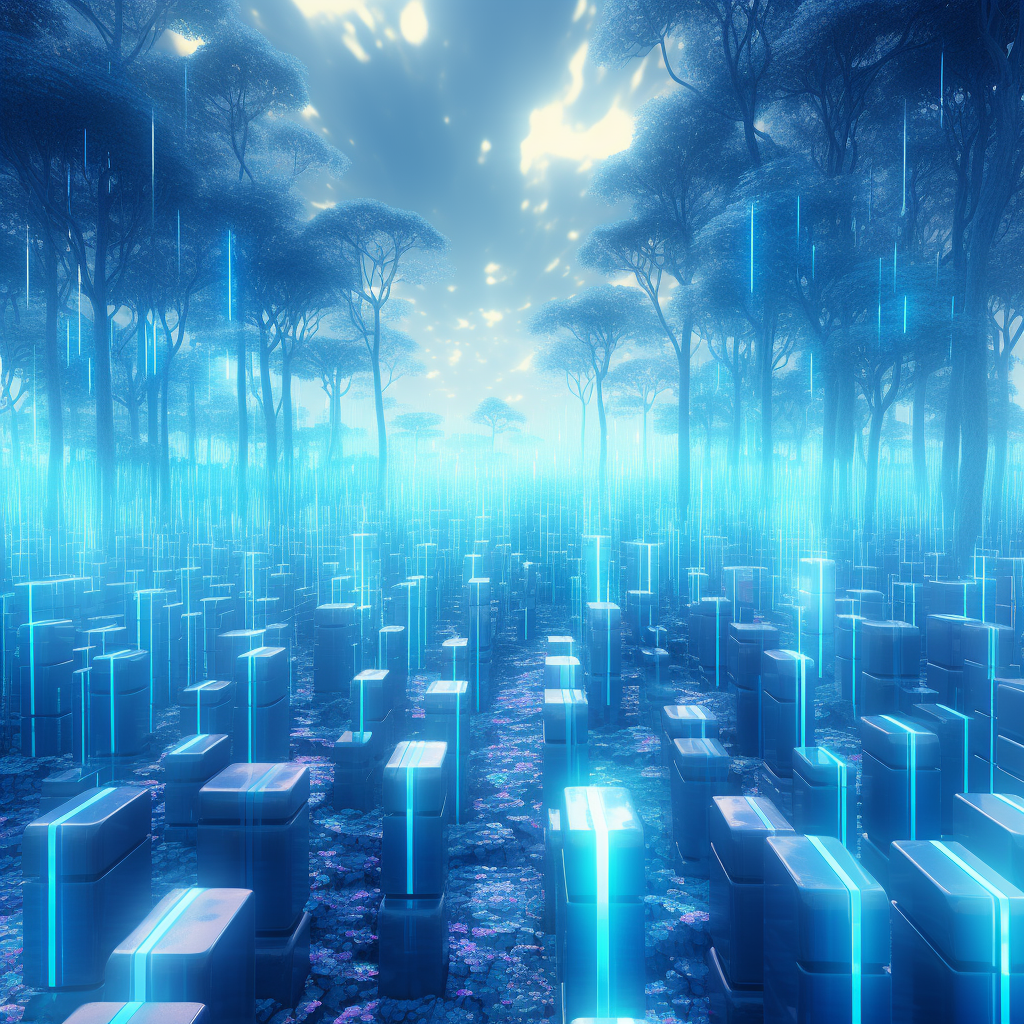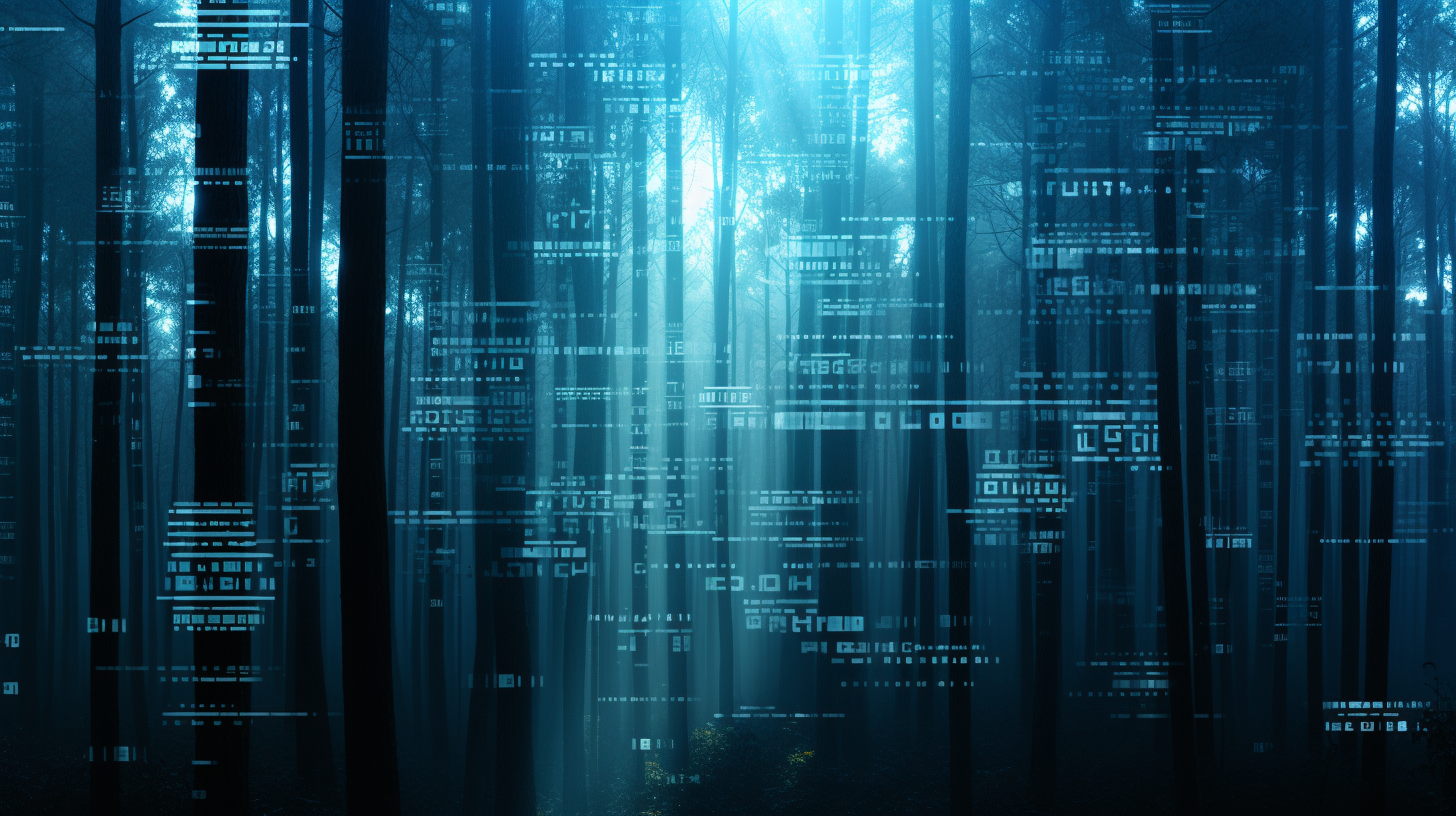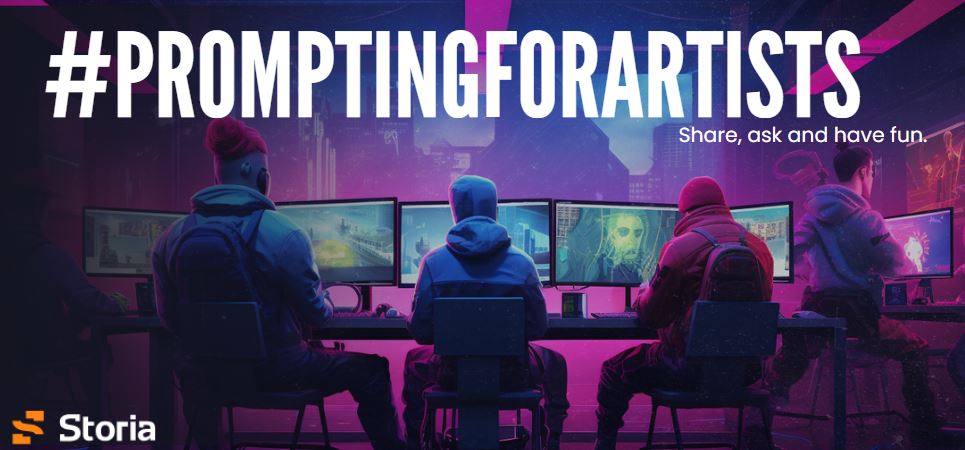Category Prompting
Introduction
What is Category Prompting?
Category Prompting is an easy method to create organized and manageable prompts and it's the step prior to Additive prompting.
Why is it Important?
It will allow us to create prompts organized by categories, making them very easy to implement.
What does it Involve?
We will create different categories, each with a tag indicating which part of the prompt each section belongs to, separated by '|'. For example, let's create some futuristic scenes. We could establish these categories:
Notable Feature:
The '|' symbols might stand out. Do they impact the results? No, they have no impact and are just used to make our categories easily identifiable visually.
Reviewing Each Category
1. Style
Define the style here, e.g., Generative Art as the desired style.
2. Genre
Choose a genre, the one that best suits what you want to achieve. In this case, it's straightforward; we'll go with futuristic.
3. Scene
Here you should define what you want to appear in the scene itself. This is the part where it's your turn to be creative and try out any idea that comes to your mind (let the fun begin). Let's try something like this: 3D cybernetic binary barcode, foghorn echoes, forest.
STYLE: Generative Art | GENRE: Futuristic | SCENE: 3D cybernetic binary barcode, foghorn echoes, forest | COLOR: [color] | TAGS: [tags]
4. Color
Choose the primary color that will form your final image. What about light blue?
STYLE: Generative Art | GENRE: Futuristic | SCENE: 3D cybernetic binary barcode, foghorn echoes, forest | COLOR: light blue | TAGS: [tags]
5. TAGS/Extras
Use this section for any additional elements or features, using related terms and separated by semicolons (;), e.g., shiny; metallic gradients; 8k.
STYLE: Generative Art | GENRE: Futuristic | SCENE: 3D cybernetic binary barcode, foghorn echoes, forest | COLOR: light blue | TAGS: shiny; metallic gradients; 8k
Example Prompt:
The resulting prompt could be something like the following:
STYLE: Generative Art | GENRE: Futuristic | SCENE: 3D cybernetic binary barcode, foghorn echoes, forest | COLOR: light blue | TAGS: shiny; metallic gradients; 8k

Using stylize param
Add --s 120 at the end of the prompt to adjust the result as per your needs. More information can be found in the Stylize parameter section.
STYLE: Generative Art | GENRE: Futuristic | SCENE: 3D cybernetic binary barcode, foghorn echoes, forest | COLOR: light blue | TAGS: shiny; metallic gradients; 8k --s 120

Aspect Ratio recommendations
For landscapes/scenes, recommend using an aspect ratio of 16:9, 7:4 or similar.
STYLE: Generative Art | GENRE: Futuristic | SCENE: 3D cybernetic binary barcode, foghorn echoes, forest | COLOR: light blue | TAGS: shiny; metallic gradients; 8k --s 120 --ar 16:9

Practice: Generic futuristic scenes prompt
Final Objective:
Create a generic prompt to generate new images in the same style but modifying the scene and the color. To do this, first think about which parts of the prompt will be customizable and which ones you will keep fixed. This way, you will be able to define a generic prompt that will serve as a template for the rest of the images.
Possible Solution:
Solution
A good prompt should be versatile and, therefore, capable of generating conceptually similar images. You can parameterize (meaning, leave as variables) as many categories as you want, although I recommend doing this with 2 or a maximum of 3. Keep the rest fixed to maintain consistency.
Since we only want the scene and color to change, the resulting generic prompt would be as follows:
STYLE: Generative Art | GENRE: Futuristic | SCENE: [scene] | COLOR: [color] | TAGS: shiny; metallic gradients; 8k --s 120 --ar 16:9
But if we want to go one step further, we can fix part of the scene:
STYLE: Generative Art | GENRE: Futuristic | SCENE: 3D cybernetic binary barcode, foghorn echoes, [place] | COLOR: [color] | TAGS: shiny; metallic gradients; 8k --s 120 --ar 16:9
From there, let your imagination run wild and create different scenes by varying the SCENE and COLOR categories.

Do you want to add a Matrix touch? Add acid green as the color:
STYLE: Generative Art | GENRE: Futuristic | SCENE: 3D cybernetic binary barcode, foghorn echoes, city | COLOR: acid green | TAGS: shiny; metallic gradients; 8k --ar 16:9 --s 120

Extra tip
Explore other types of scenes. How about giving it a touch of 2D video game style?
STYLE: Generative Art | GENRE: Futuristic | SCENE: 2D videogame ancient temple | COLOR: warm brown | TAGS: shiny; metallic gradients; 8k --ar 16:9 --s 120

Conclusions
This prompting technique is ideal for those of you who are just starting out, as it will allow you to visualize prompts easily and adapt them to your needs with minimal effort. As mentioned earlier, it is the step prior to Additive prompting.
ChatGPT as an assistant
ChatGPT can be of great help in generating prompts with this technique, allowing us to save time and even gain inspiration.
To do this, use this prompt in ChatGPT, adapting it to your needs through the parameters inside the brackets {}.
ChatGPT prompt
Explore other types of scenes. How about giving it a touch of 2D video game style?
I want you to help me generate new prompts based on the following structure:
STYLE: [style] | GENRE: [genre] | SCENE: [scene] | COLOR: [color] | TAGS: [tags]
So that you adequately fill in the parameters inside [] based on the image descriptions that I will provide you with. Also, remove the []. For the tags section, include a maximum of 3 words or sets of words that add extra information to the prompt, separated by ;.
For example:
{Create a futuristic image of a gorilla listening to music through headphones. I want it to be in a minimalist illustration style and in purple colors.}


Share Your Results
Join us at X, with the hashtag #PromptingForArtists to share your results, queries, or comments.
References
To cite this content, please use:
